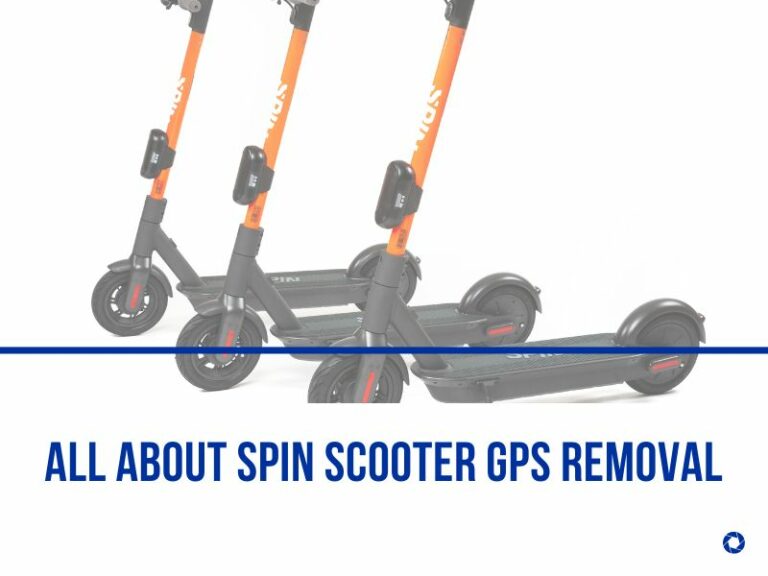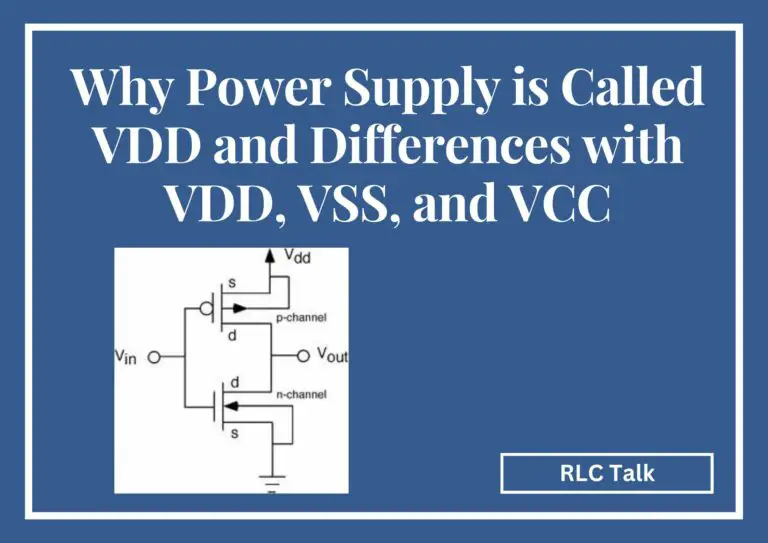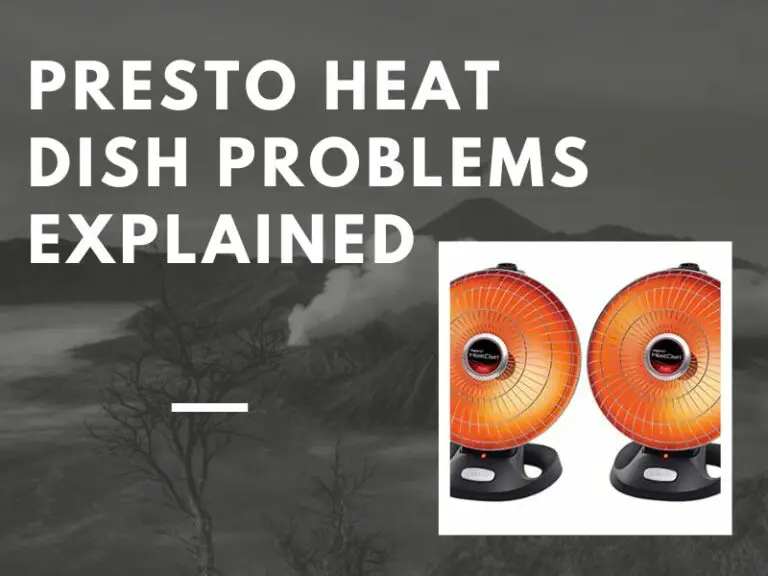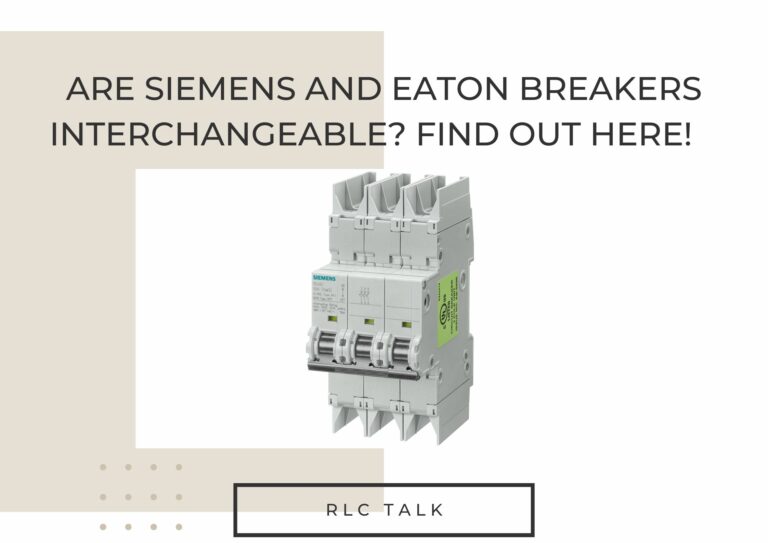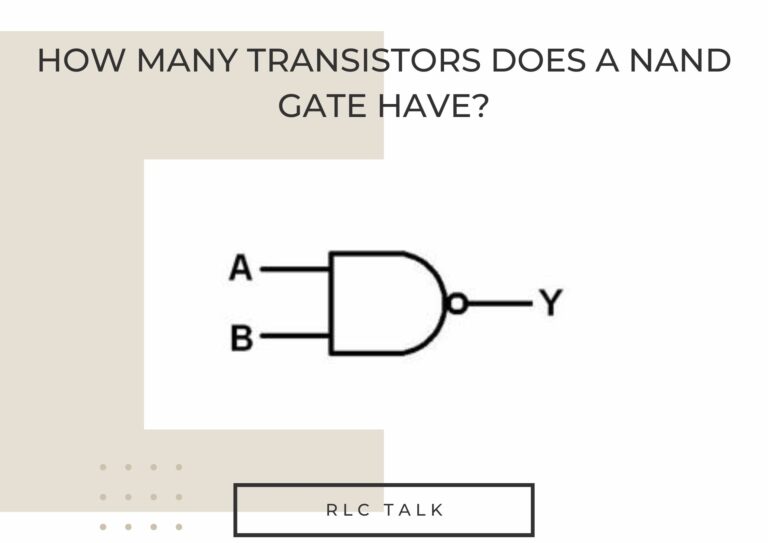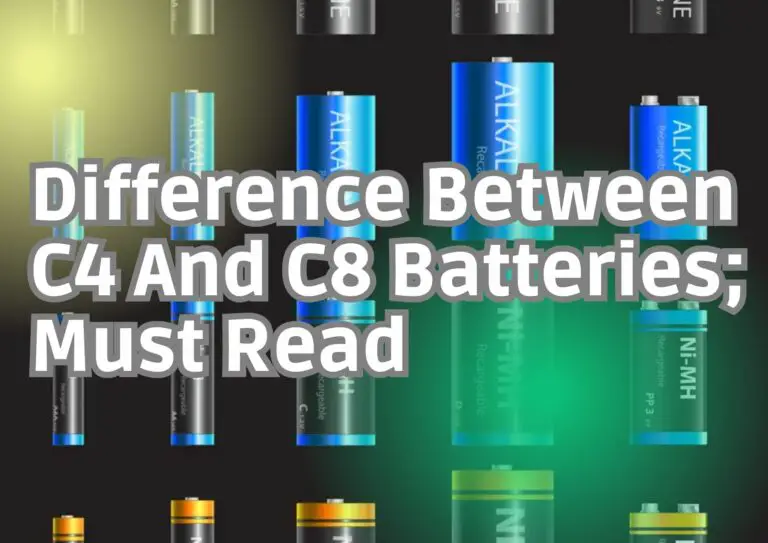Air Core Vs Ferrite Core Inductor; Must Read.
What are the key differences between Air Core and Ferrite Core Inductor? Air-core and laminated iron-core inductors are used in the medium-to-high power range, while ferrite-core inductors are only used in low-power applications. The behavior of the inductor versus frequency is significantly influenced by the choice of the core medium.
In this article, you will be able to find,
- What are Air core inductors,
- What are Ferrite core inductors,
- The differences,
- FAQs, and more.
So stick around until the end to find out what you’ve been looking for and welcome to RLC Talk, where we discuss everything in the field of RLCs.
What really are Air core Inductors?

An air coil inductor, also known as an air core inductor, is an inductor that contains only air inside of the coil rather than a magnetic core. Typically, copper material, insulated wire, stripped and non-stripped ends, and tinned or bare ends are used to produce coils.
An air coil inductor, also known as an air core inductor, is an inductor that contains only air inside of the coil rather than a magnetic core. Typically, copper material, insulated wire, stripped and non-stripped ends, and tinned or bare ends are used to produce coils. Radial, opposed, axial, and special leg orientations are all possible.
Coiling equipment can be set up to operate automatically, producing finished parts with no operator involvement. To avoid the need for tin-stripped ends while maintaining high-quality soldering capabilities, ends can be automatically stripped, and chemical coatings are available for large volumes.
What do air core inductors do?
For switch mode magnetic requirements, air core inductors offer practical answers, particularly when focusing on high linearity, high frequency, and reduced core loss. These inductors are also the best option when space is not a problem.
Where are air inductors used?
RF tuning coils are built using air core inductors. Additionally, they are utilized in high-frequency applications such as TV and radio receivers, snubber circuits, and filter circuits.
Do air core inductors have polarity?
Polarity does not exist in inductors. However, this is based on shielding. In some ways, if you lay them side by side or in line with each other, there could be magnetic coupling that can affect each other.
What are the disadvantages?
- To achieve a specific inductance value without a high permeability core, you must have more and/or larger turns. Larger coils, less self-resonance, and greater copper loss result from having more turns. This becomes less of a problem at higher frequencies because high inductance is typically not required.
- increased stray field pickup and radiation Radiation is much less dangerous with the closed magnetic paths used in cored inductors. Loss from electromagnetic radiation will become significant as the diameter approaches a wavelength (lambda = c / f). The graphic information is in Balanis. By mounting the coil at a right angle to any other coils it might be coupling with or by enclosing it in a screen, you might be able to minimize this issue.
What really are ferrite core inductors?

A passive two-terminal electrical device known as a ferrite core inductor resists changes in the electric current flowing through it. It uses ferrite, which has a high electrical resistivity and magnetic permeability, as its primary core material. It is typically used with power management and supply applications.
By giving the coil a high level of permeability, ferrite cores are used in inductors to help them perform better. Their magnetic field and inductance rise as a result.
Depending on the type of ferrite material used, the permeability level in the ferrite core inductors typically ranges between 1400 and 15,000. Due to their high inductance compared to other inductors with air cores, ferrite core inductors are a popular choice.
Is a ferrite core necessary?
since ferrite causes less heat loss even when used at high frequencies and has more than 100,000 times as many resistance values as metal materials. Mobile phones and laptop computers both use compact, lightweight AC adapters. Switching AC adapters are what they are called.
What are the advantages of a ferrite core?
They serve as transformer insulators and provide high resistance to high currents. Ferrites also have the benefit of having high permeability, which makes them perfect for high-frequency transformers and adjustable inductors. This guarantees low eddy current losses over a range of frequencies.
What is a disadvantage of a ferrite core?
Its easy saturation (its saturation flux density is typically 0.5 T) is a drawback.
Eagle vs Altium Designer PCB Software; Best Comparison.
RLC talk
Air Core Vs Ferrite Core Inductor; What are the differences?

When you need 10 mH or less, an air core is preferable, and many companies have produced air core inductors that only cost a few dollars. Of course, it would cost more money to accomplish even more.
A small investment is required if you prefer high-end technology to mid-range technology. Although I haven’t used these air coils for audio speakers, I have them in my laboratory for notch filtering of 60 Hz. They function well and are well made. If you use coils wound with a reasonable wire size, the slight increase in resistance is typically negligible.
| Air Core Inductors | Ferrite core inductors |
|---|---|
| All inductors without ferromagnetic materials in their cores are referred to as “air core inductors.” Instead, air core conductors could have windings made entirely of air, plastic, ceramic, or another non-magnetic material. Despite having a lower inductance than iron core inductors, these inductors are typically more efficient at high frequencies and experience less core loss. | Iron or ferrite magnetic cores are used in iron core inductors, as the name suggests. Since they produce more inductance than air core inductors, some energy is usually lost during the process. |


